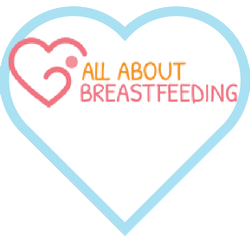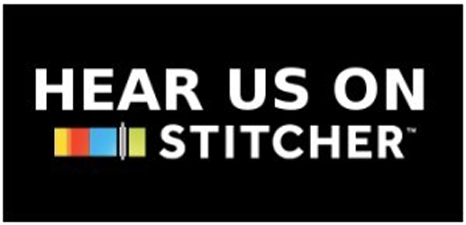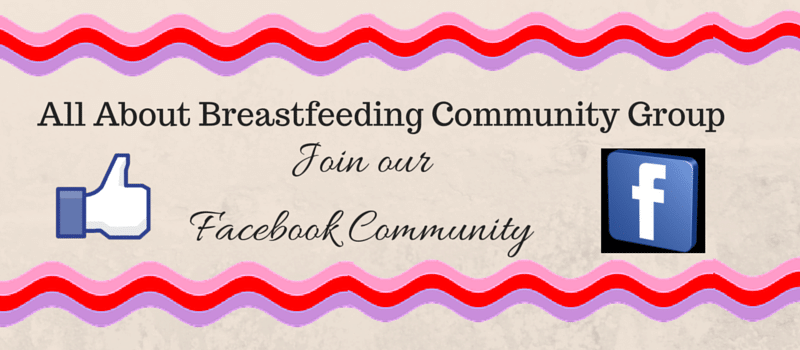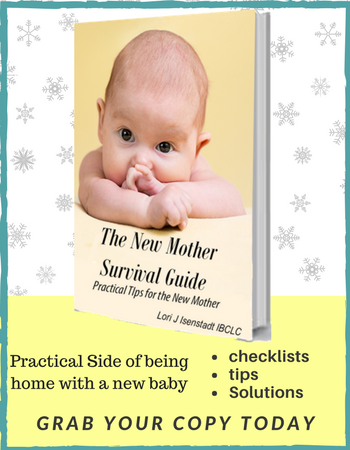Pacifiers –
Let’s talk about dummies. Yes, I said dummies.
Otherwise known as a pacifier for the American English crowd
and binky or soother to the Australian English crowd,
Or teether or Dodie for the Canadian English crowd,
Or like I said dummy as is typically known to the British American crowd.
These are made of rubber or plastic or silicone and the part that goes in the babies mouth is shaped like bottle nipples, certainly not anything like the 50,000 pair of nipples I have seen over the years. This teat is connected to a mouth shield and a handle, which has been manufactured to be large enough to avoid the danger of the infant swallowing or choking on it.
Pacifiers have their own interesting history having gone through quite a few changes since the 1700s. Babies use to be given sugar teats or sugar rags. These were made from a small piece of old linen with a spoonful of rather sandy sugar in the center of it. This was gathered up into a little ball and had a thread tied lightly around it. Some of these rags had food tied inside them perhaps a lump of meat or fat, sweetened breast or sometimes the rag was moistened with brandy.
During my research on the history of pacifiers, I read about a painting, A Madonna and child painted by Albrecht Dürer in 1506 sure enough shows one of these tied cloth “pacifiers” in the baby’s hand.
Moving forward to the 19th century, these fabric pacifiers with food stuffed in them, gave way to what is closer appearing to be their modern design when the first teat, shield and handle design was patented in the US as a “baby comforter” by Manhatten pharmacist Christian W. Meinecke.
In 1902, Sears, Roebuck & Co, sold a new style rubber teething ring.You had your choice of black, maroon or white rubber. The white rubber in those days contained a certain amount of lead. Binky with a “y” was first used in 1945 as a trademarked brand name for pacifiers and other baby products which were manufactured by the Binky Baby Products Company of New York. Binky Baby is currently owned by a name that may be familier to you. It is Playtex Products.
Well, we can say thank goodness for a few adjustments that have been made. They no longer are made from linen, they no longer have food stuffed inside and they are no longer soaked with brandy. Pacifiers are no longer made from rubber and do not have lead in them. They are now safe as far as being made in one piece, so there is nothing the baby can swallow or choke on.
Many new parents ask me: Is it okay to give my baby a pacifier? I heard that babies won’t learn how to breastfeed if they are given a pacifier. This can be a heated discussion in many families as parents argue with each other about using a pacifer. They argue with the grandparents who typically say they are fine. Many moms tell me that the worst arguments are not with anyone else, but in their own heads, with themselves as they are trying desperately to do the right thing and not make any mistakes.
What I would like to share with you is information about pacifiers that will help breastfeeding parents understand the pros and cons so you make figure out what the best answer for you is. Let’s start our by talking about the pros of using a pacifier:
A pacifier might soothe a fussy baby. They might help the baby who is having trouble settling down relax and fall asleep. Their are times when pacifiers can be used as a temporary distraction. Examples of this would be when traveling – in a car or on a plane. There are other people around who are hearing your baby fuss or crying very loud. If you are driving, you have a hard time soothing, rocking, holding your baby and yet, the pacifier might help. Babies do like the activity of sucking and if they suck on a pacifier instead of their thumb or fingers, some parents rationalize that, well when the times comes, you can throw away the pacifier, but can’t throw away their well loved and need thumb or finger.
Now let’s talk about the cons because guess what, just like most other things, there is the good and the bad, the up and the down, the yes and the no side of things. Once you start doing research on pacifier use, you will quickly find out that it is quite the controversial subject. The medical and health organizations that parents rely on for information change their policies on pacifier use based on the information and current research. And then,, they change their mind again. I choose to bring you the cons as they pertain to breastfeeding and will stay away from what the latest medical research shows. I will speak from a practically and professionally speaking standpoint, and limit my thoughts on newborns from birth to 6 weeks as it relates to breastfeeding, so here we go.
We know that the first 6 weeks of breastfeeding is a crucial time period in which moms and babies are learning how to breastfeed. Babies may be born to breastfeed and mothers have a beautiful organ that makes milk for their babies, however, this is not a skill that comes easily or naturally for most of us. You have heard me say this before = breastfeeding takes time, patience and practice.
We also know that the first 6 weeks of breastfeeding is a crucial time period in which moms and babies are building a milk supply, that will meet the babies needs for the duration of their breastfeeding relationship. Yes, you can build your supply after 6 weeks, you can make more volume, however, as the weeks go on, this does become more and more difficult.
So, if moms and babies learn together how to breastfeed, then we want to do all we can to support their ability to do so. This means that you will want to avoid or limit anything that gets in the way of doing so. Babies are born with a strong desire to suck. I think it makes perfect sense that babies need to be sucking at the breast in order to transfer milk into their mouths. We know that the more babies breastfeed, the easier it is to build your supply.
Moms spend the early days of breastfeeding learning how to tell the different cues there baby is trying to tell them. When they are spending time sucking on a pacifier, moms are likely to miss their feeding cues and prolong feedings. Less breastfeeding equals less milk. At least until you have established a good supply, the more breast stimulation from your baby you get, the more likely you are together to build a supply that meets your babies needs.
Your breast is a lovely and beautiful organ that is meant for lactation, however, if you don’t give it the proper tools it may not live up to its full potential. The proper tools are a baby that is feeding frequently and when they are spending time on pacifiers, they may not feed as frequently as they need to.
I hear parents often say: Well, he fed from both sides and then was done. But then as soon as we take him off the breast he cries and fusses. Since he just ate and can’t be hungry anymore, the pacifier seems to be the only thing that soothes him. Particularly when mom is suffering from a low supply or her baby is losing weight or not gaining well, I ask: Have you tried putting him back onto the breast? The answer usually is something along the lines of: No, he took both sides so we figure he is done.
I explain to parents that they might try to offer the breast again. He could be thirsty or just want a little more. I mean, don’t you ever do that. You are done with what is on your plate and you go back for a little more. Or you have a glass of water, or a piece of fruit or something else after you have quote unquote, finished your plate. Rather than think: he took both sides, so he must be done, think: Hmmm, seemed to have a good meal, but perhaps he is thirsty, after all, my milk is 90% water. I like to drink some water after I ate my meal.
By giving your baby a pacifer in the early days, might mean your baby is actually getting less milk then he needs. Substituting a pacifier for a meal, may be harmful to your supply and to your babies ability to gain well. There is no offod and no hydration being passed into your baby when they are sucking on pacifiers.
As it relates to breastfeeding, babies use a very different sucking motion when on a pacifer, then when at the breast. They push their tongue to the roof of their mouth and chomp away on a pacifier. At your breast, they bring their tongue low and forward and place their tongue under your breast from underneath, push your breast tissue up to their palate to basically milk you as they transfer milk. Too much time chomping on a pacifier sometimes leads to babies wanting to chomp on your breast, which will be quite painful.
Babies were born to breastfeed – however, when they get other objects to suck on, it can be confusing to them, frustrating to them and this confusion and frustration can be seen at the breast and felt by both mother and baby. I like to think about babies learning to breastfeed is similar to learning how to play an instrument. Now some people may be able to learn how to play 2 or more instruments at a time. However, most of us would be like:
Let me learn how to play the guitar and I will practice the guitar every single day, until I get the hang of it.
What if you are given the guitar and the piano to learn. You are practicing each instrument daily.
Most of us will take longer to get the hang or both instruments when trying to learn both at the same t ime.
It will be easier to just work at learning one at a time. You will probably be less frustrated and be more njoyable if you just had to pay attention to just the guitar every day. Let’s make things as easy as possible for both you and your baby while you are going through this early learning curve. Let’s reduce the incidinces of sore nipples, poor weight gain and breastfeeding difficulties Give your baby just the breast, over and over and over again, because babies learn how to breastfeed, by breastfeeding.
Reducing the risk of breastfeeding difficulties, making it easier for babies to learn how to breastfeed by only offering them one way to feed, increasing the likelihood of them gaining well and building up a good supply. These are my Top reasons for avoiding the pacificer during the crucial first 6 weeks when breastfeeding is being established. Once you get through the early weeks, breastfeeding is well established and you have a good supply, you can research some of the other concerns regarding pacifier use. You will read about pacifier use and the dependency on it, the possible increase in ear infections, prolonged use possibly causing teeth misalignment and other topics for you to consider.
Breastfeeding is a commitment. Breastfeeding takes time, patience and practice. You do spend a lot of time feeding your baby. However, I do promise you that your baby’s need to suck for food and suck for comfort will diminish over time. Meanwhile, in the darkness of the night when you are feeling alone and in the bright sunny daytime hours when you are feeling quite exhausted, know that this time is actually quite short. Enjoy cuddling with your baby at your breast….. because I assure you,,, this too shall pass.
Avoid pacifiers because their use can potentially cause you to miss feeding cues. This happens because so me babies are literally pacified while sucking on a dummy. This enables them to go longer in between feedings. This is not what you want. Your baby is your breastfeeding partner and you need to be able to listen and observe what your partner is telling you.
 Lori Jill Isenstadt, IBCLC is a huge breastfeeding supporter. She has spent much of her adult life working in the maternal health field. Once she became turned on to birth and became a childbirth educator, there was no stopping her love of working with families during their childbearing years. Lori became a Birth doula and a Postpartum doula and soon became a lactation consultant. She has been helping moms and babies with breastfeeding for over 25 years. Lori founded her private practice, All About Breastfeeding where she meets with moms one on one to help solve their breastfeeding challenges. She is an international speaker, book author and the host of the popular itunes podcast, All About Breastfeeding, the place where the girls hang out. You can reach Lori by email at: [email protected] or contact her via her website: allaboutbreastfeeding.biz/contact
Lori Jill Isenstadt, IBCLC is a huge breastfeeding supporter. She has spent much of her adult life working in the maternal health field. Once she became turned on to birth and became a childbirth educator, there was no stopping her love of working with families during their childbearing years. Lori became a Birth doula and a Postpartum doula and soon became a lactation consultant. She has been helping moms and babies with breastfeeding for over 25 years. Lori founded her private practice, All About Breastfeeding where she meets with moms one on one to help solve their breastfeeding challenges. She is an international speaker, book author and the host of the popular itunes podcast, All About Breastfeeding, the place where the girls hang out. You can reach Lori by email at: [email protected] or contact her via her website: allaboutbreastfeeding.biz/contact







